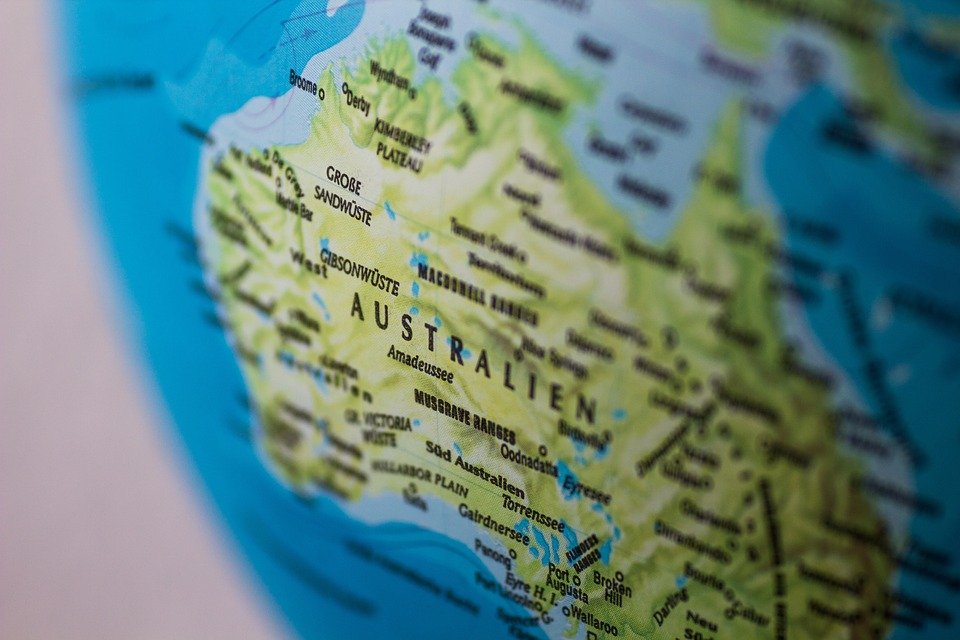Urban planning is essential in Australia’s large cities as population growth is placing increasing pressure on infrastructure. Managing this growth requires smart planning and design to reduce congestion, improve transport networks and make our cities more sustainable for future generations.
Surveying is the process of examining and recording the area and features of a parcel of land to construct a map or plan. The work is critical in establishing accurate boundaries and making city maps.

The Future of Brisbane’s Urban Landscape
As Brisbane continues to grow and modernise, it is becoming more important than ever for the city’s physical infrastructure to be well-maintained. This includes streets, bridges and buildings.
Surveying is an essential part of this process, as it provides the base data for these systems. Newer tools such as ground-based LiDAR and laser scanners are becoming more popular, allowing for greater levels of accuracy to be achieved at a lower cost.
Tree Cover
A key element of the city’s plan is to encourage more tree cover in and around the CBD. Although Brisbane is known for its beautiful weather, tree cover in residential areas averages 27%, short of the 35% recommended by the American Forests City Green program.
To help the city achieve this target, we have been involved in several projects to boost tree cover and improve urban landscape. These include the rainforest extension in Riverside Green, a 650spqm area which adds to Brisbane’s parkland canopy and enhances the park’s natural setting.
The Future of Brisbane’s Transit Network
The Brisbane city transit network is made up of buses, ferries and rail. Buses have long been a key transport mode in Brisbane, with routes extending to suburbs beyond the CBD and a large busway network serving suburban hubs such as King George Square, Queen Street and Roma Street.
However, as the population of Brisbane grows, so too does its demand for public transport. This has led to the need for increased infrastructure.
This has resulted in major bus rapid transit (BRT) systems being introduced, such as the Brisbane Metro and Cross River Rail project.
These systems are designed to increase capacity and reduce traffic congestion in the city centre and surrounding areas, while also improving connectivity and service to the suburbs.
As the expert measurer of the transit network, the surveyor is vital to the successful design and implementation of these projects. From establishing parcel/right-of-way lines to the integration of point clouds from scanners and photogrammetry, a trained and experienced surveyor can lead the way.
The Future of Brisbane’s Water Network
Brisbane’s water network is an important part of its urban landscape. It provides drinking water to the city and surrounding suburbs. It is delivered to homes, businesses and other facilities through a network of water mains.
Water is also used for sanitation and other purposes. Brisbane’s wastewater is processed through a variety of facilities before being released back into the river system.
During droughts, Seqwater and the region’s water utilities make use of recycled wastewater from the Western Corridor Recycled Water Scheme (WCRWP). This provides over a third of Brisbane’s water supply.
In the wake of the Millennium drought, Seqwater implemented a water grid to carry treated water to areas that need it most during a crisis. It’s backed up by a desalination plant in the Gold Coast that can create 133 megalitres per day when it’s operating at full capacity.
These systems require high-accuracy mapping and data collection. Surveyors in Brisbane are well positioned to help with the planning and implementation of these important infrastructure projects.
The Future of Brisbane’s Parks
City surveyors are working with Brisbane City Council to help plan the future layout of Brisbane, accommodating growth, building sustainable developments, improving transport, encouraging employment and keeping green spaces large and connected. The draft CityShape 2026 document outlines suggestions for growth corridors, potential major centres and employment precincts and green spaces that should be kept.
City planning is a process that can make a huge difference to the quality of life in a city. By designing places for people to live, work and play, it can increase social cohesion, reduce crime and encourage community participation.
To achieve this, URB works closely with local residents and the development industry to ensure planning delivers desirable outcomes. By taking a holistic approach, URB can guide growth and protect valued attributes such as heritage buildings and green spaces.
In the coming years Brisbane will see a lot of construction. With a number of major infrastructure projects on the horizon, the city is poised to reap a host of benefits from its massive investments.


